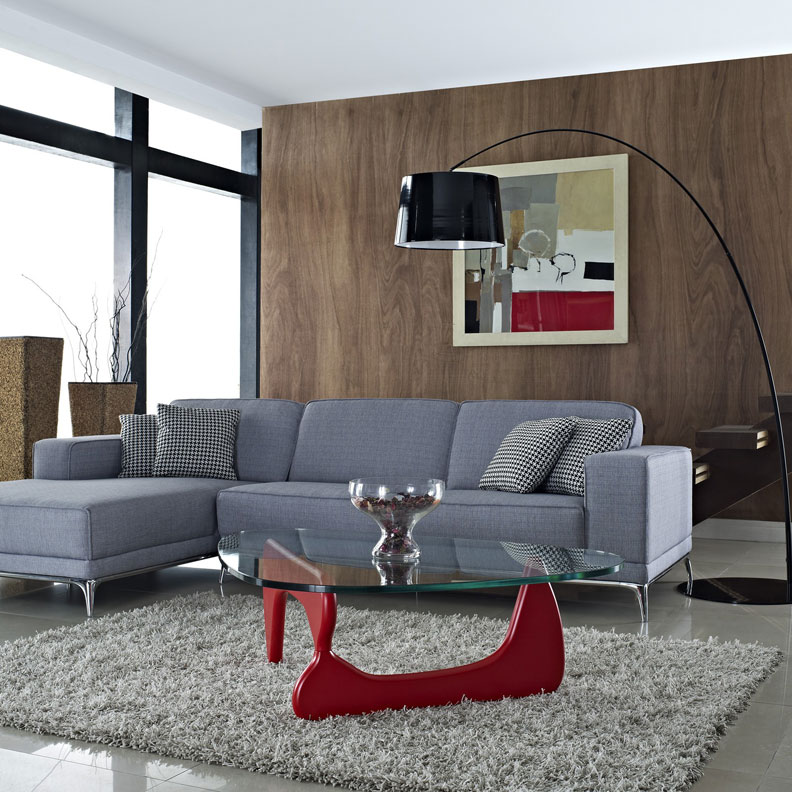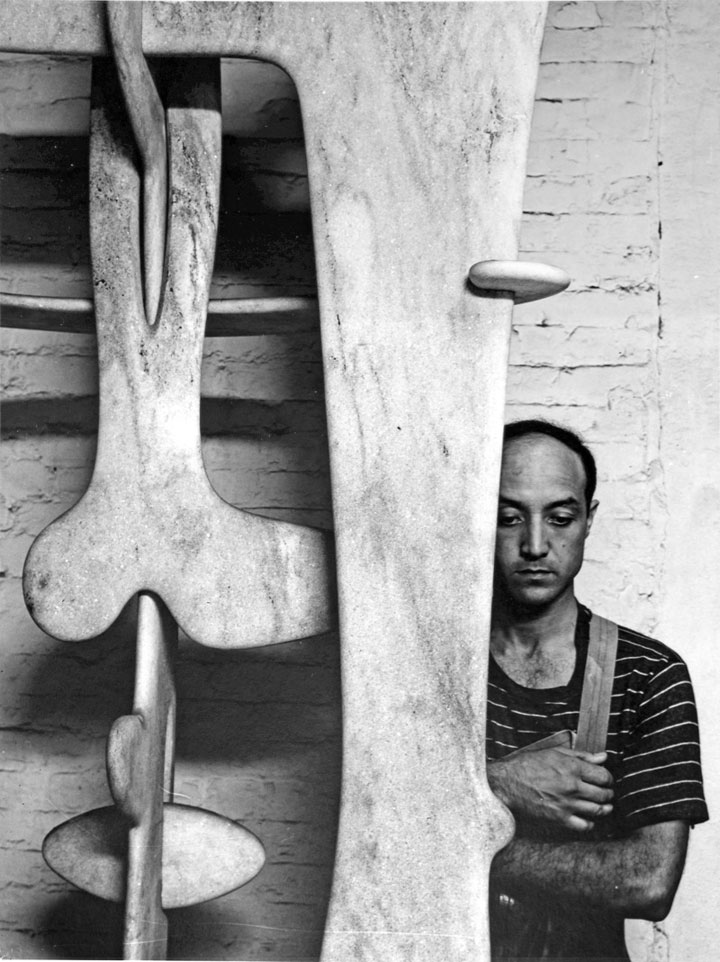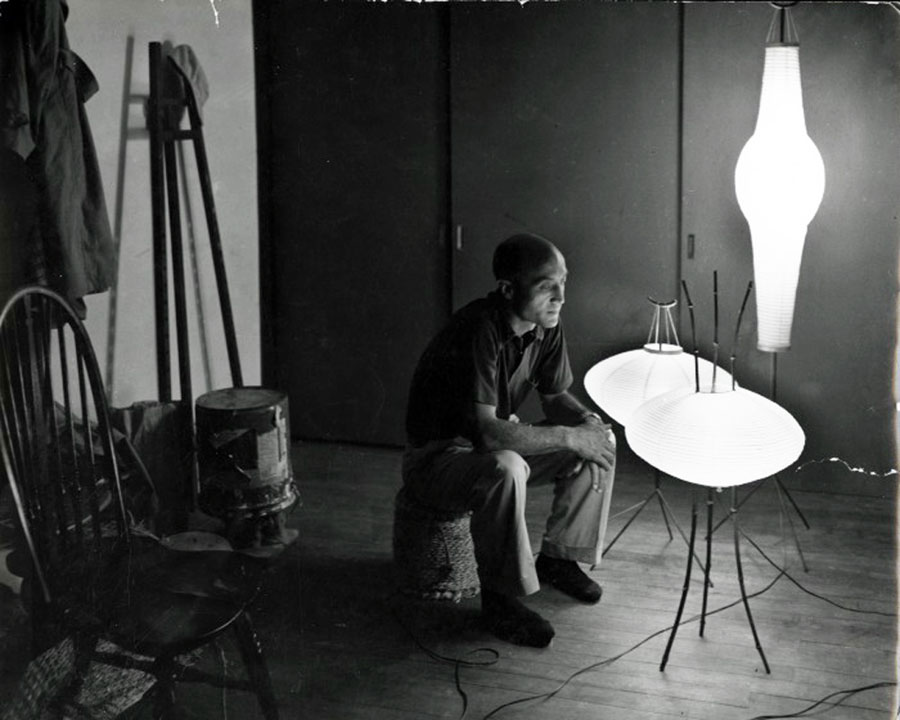
You may not immediately recognize the name, but Isamu Noguchi is the artist behind many of your favorite lamps and coffee tables. The L.A.-born Japanese-American lived in Japan until he was 13 years old, allowing him to develop an international appreciation for the arts.
Unfortunately, after the Japanese invaded Pearl Harbor, Japanese Americans faced discrimination, and Noguchi was not spared. He lived in a Japanese internment camp for 7 months, which ignited his political activism and deepened his appreciation for the people of the world.
In his lifetime, he created sculptures, gardens, furniture, lighting designs, ceramics, architecture and set designs for many famous dancer/choreographers including Martha Graham.

His work went unnoticed until he completed a large sculpture symbolizing the freedom of the press in 1938 for the Associated Press building in New York City. Perhaps, this is how he, an artist, chose to express his political views.
He set up shop in New York and traveled extensively in Mexico, Asia and Europe. He studied the world and its people, and it influenced his artistic expressions. Additionally, The Isamu Noguchi Garden Museum was designed by him and opened in 1985, demonstrating his commitment to beautifying public places.
He welcomed the opportunity to be involved in mass-production of his designs. Zenith Radio Corporation asked him to design a Bakelite intercom in 1937, and Herman Miller produced his glass-topped table, many of which are found in midcentury living rooms across the country to this day. Akari Light Sculptures that were originally produced in 1951 based on his design, too, are still being produced today.

Before his death in 1988, he received multiple awards for his contributions including: the Edward MacDowell Medal for Outstanding Lifetime Contribution to the Arts; the National Medal of Arts; the Kyoto Prize in Arts, and the Order of Sacred Treasure from the Japanese government.
The peaceful and structured implications of his Asian ancestry, and his appreciation for the arts on an international scale, undoubtedly influenced his design. Those same principles have impacted the Midcentury aesthetic, and we are all the better for it.














1 comment